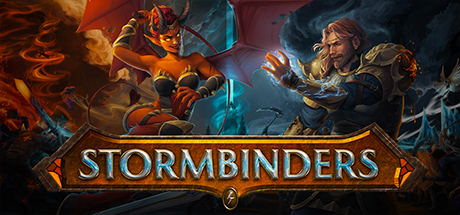Hero Classes – Archetypes with a Twist
When we started designing our class system, we asked ourselves a simple question:
What if each class could evolve and change over time?
That’s how our branching class paths were born.
For example, here’s the progression path for a Warrior archetype:
-
Knight (Might) → evolves into → Paladin (Might & Magic) or Duelist (Might & Might)
-
Paladin can become → Inquisitor (Might & Magic & Magic)
-
Duelist can become → Warlord (Might & Might & Might)
So a single warrior archetype in a given faction has 5 stages of progression.
Add the Mage archetype to that, and you end up with 10 unique class paths per faction.
At any stage, you can lock in your current class – preserving your chosen specialization and its unique stat growth, skill trees, and talent distribution.
It might seem like a small detail – but when you multiply 2 archetypes per faction × 4 factions, you end up with 40 distinct hero classes.
Each of them comes with:
-
unique active and passive talents
-
different ways of rolling for key skills
-
separate stat growth curves
-
and a ton of micro differences that make each class feel distinct.
Each level-up doesn’t just raise stats, it unlocks new class paths and options that are exclusive to your chosen combination.
But don’t worry – if you prefer a straightforward experience, you can mostly ignore this complexity.
Yes, it does have an impact – and yes, min-maxers will have a field day with their spreadsheets.
But if you just want to play and level up your hero, you’ll still feel stronger and more capable, without needing to dive into all the systems.
Power players will find deep optimization.
Everyone else? A hero who just gets better with time.
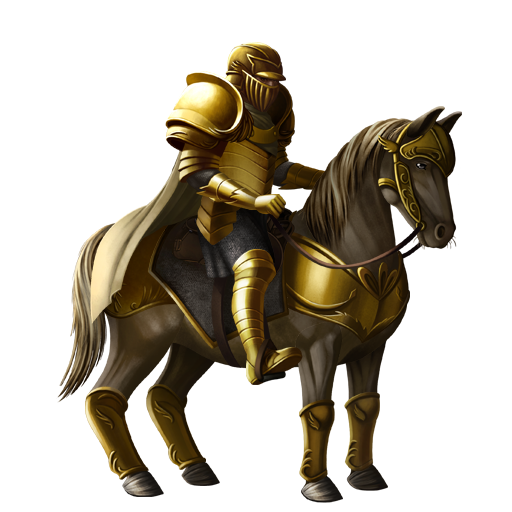
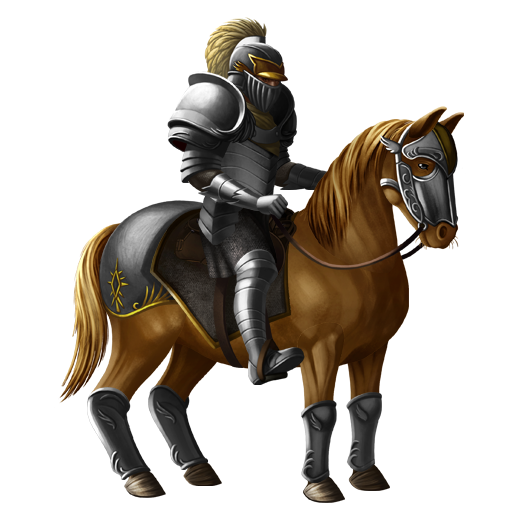
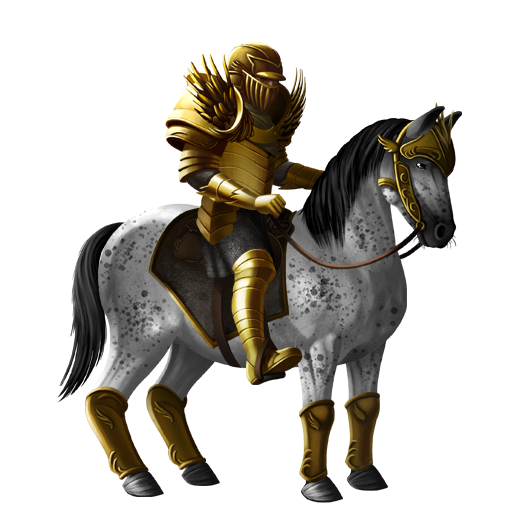
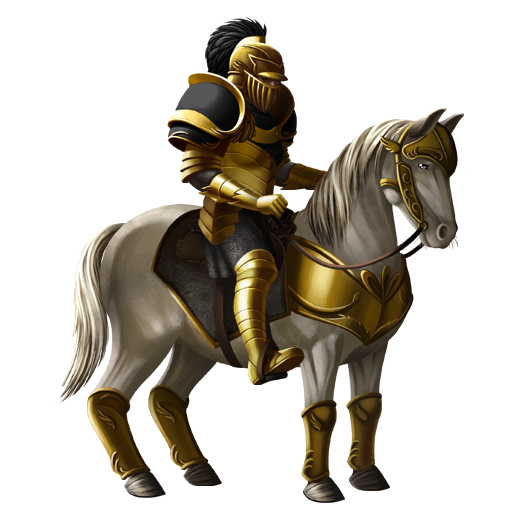
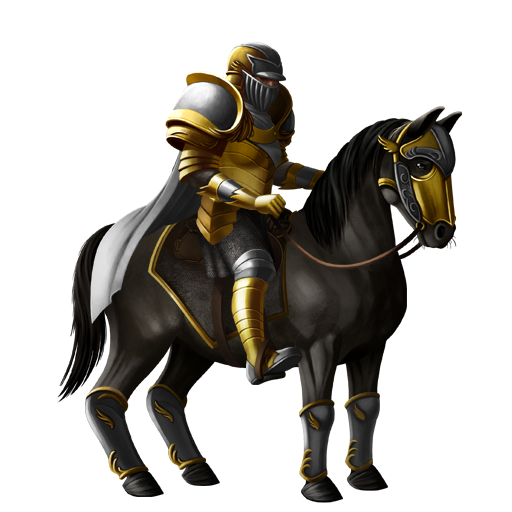
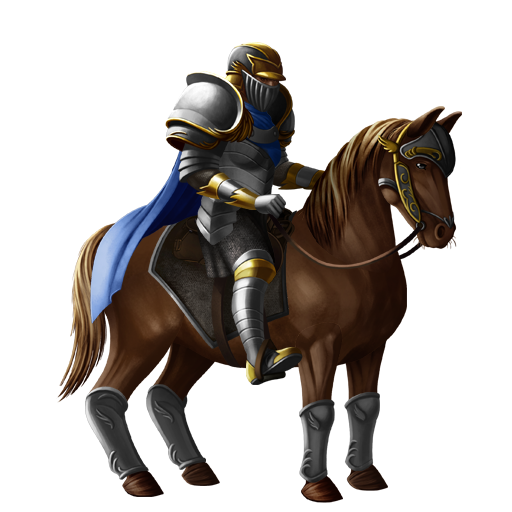
Talent Trees – Three Layers of Personalization
Classes are just the beginning. The real fun in hero development comes from talents.
And we won’t pretend we invented something new here. There are dozens of talent models out there, but the one that truly stuck with us was from Heroes of Might and Magic V.
Yes, we’re talking about a Mastery Talent System, where every main skill unlocks secondary perks, and it’s up to the player to decide how to build the perfect setup.
Each hero in Stormbinders grows using three interconnected types of talents:
-
Faction Talents – shared by all heroes from the same faction, supporting their unique philosophy (e.g. better necromancy for Immortus, stronger storm manipulation for Astrion)
-
Class Talents – core talents based on the hero’s role (mage, warrior, leader), which define their main combat approach
-
Hero Talents – unique to the individual hero; these often break the rules and open powerful combos
(think: teleport for 0 mana, fire spells boosted during storms, or free summoning perks)
Thanks to this structure, we ended up with hundreds of possible builds.
This means:
-
One warrior from Immortus can play completely differently than a warrior from Empyrium
-
One mage from Helion might focus on summoning demons, while another goes full fire explosion spam
-
And the mix of faction + class + unique hero talents creates dozens of playstyles and synergies
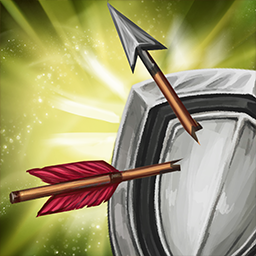
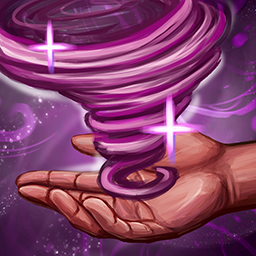
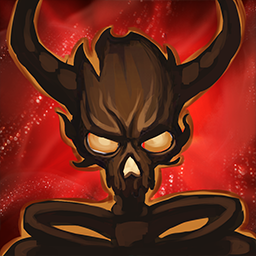
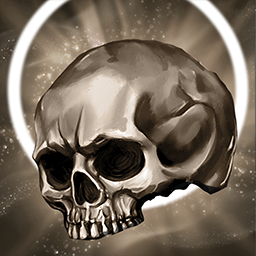
RPG in Numbers – Details That Matter
Talents are fun, but what do they actually do?
For some players, they’re just numbers, but for us they’re pure gameplay.
Each class in Stormbinders grows differently. Every time they level up, they gain unique attribute points:
-
Mages gain more spell power and faster mana regeneration
-
Warriors get better leadership, durability, and initiative
-
Hybrids unlock special combinations and talents that mix both styles
Sounds nerdy? Good.
Stormbinders is a game built to be mastered, for those who want to dig deep into stats and theorycrafting. But don’t worry, it’s completely optional.
You can also play on instinct and still have a great time.
The numbers are there when you want them, but they never get in your way.
Heroes and How They Look – Quantity over Decoration
While developing Stormbinders, we asked ourselves:
How should we approach the design of heroes?
Should we create a small number of super-polished characters, with high production values and unique visuals like the biggest AAA studios do?
Or should we follow the spirit of classic games, where there are many heroes, maybe not all visually unique, but differentiated by starting talents and class archetypes?
We chose the second path and we believe it fits Stormbinders best.
By focusing on quantity and variety, we can easily add new heroes in future updates, each with new combinations of talents, classes, and specializations. This gives us more flexibility and replayability.
So yes, some heroes share their visuals.
But what really matters is how they play.
Every hero has:
And if we ever want to add 10, 20, or even 50 more heroes, we can.
Our Vision for Stormbinders
At this point, we hope you’re starting to see what this game is all about.
We want to bring back that magical feeling we had growing up – and take it even further. With systems you’ve never seen before. With dynamic weather, RPG-like hero growth, and deep tactical options.
Stormbinders is our love letter to the past – and a bold step into something new.
We hope you’ll enjoy discovering it as much as we’re enjoying creating it.


